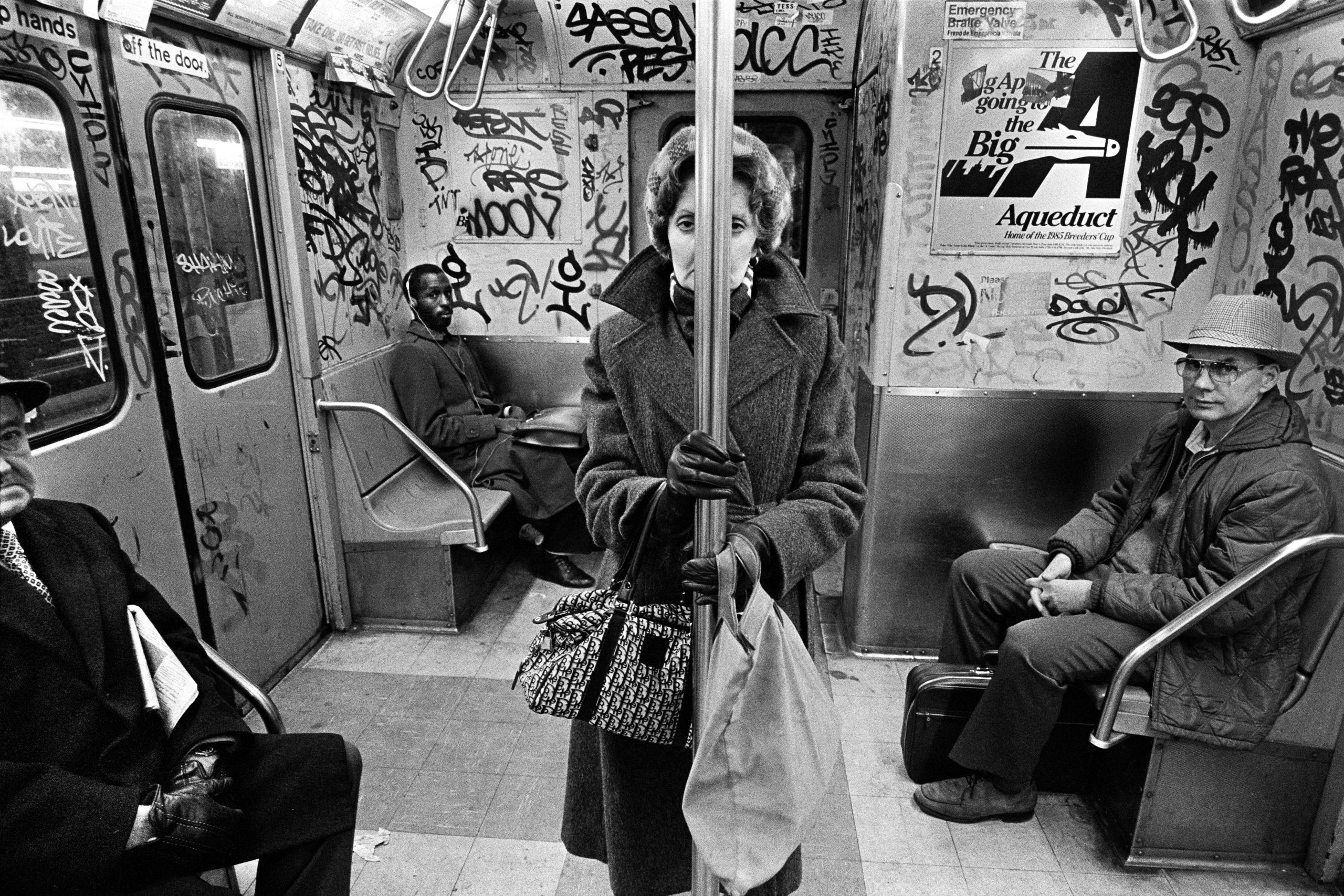The Only Guide to Street Photographers
The Only Guide to Street Photographers
Blog Article
The smart Trick of Street Photographers That Nobody is Talking About
Table of ContentsSome Known Questions About Street Photographers.The Ultimate Guide To Street PhotographersStreet Photographers for DummiesThe Single Strategy To Use For Street PhotographersThe smart Trick of Street Photographers That Nobody is Talking About
Road professional photographers do not always have a social function in mind, yet they choose to isolate and record moments which may or else go unnoticed.He was influenced by numerous of those that influenced the street digital photographers of the 1950s and '60s, he was not chiefly interested in catching the spirit of the road. The impulse to visually document people in public started with 19th-century painters such as Edgar Degas, douard Manet, and Henri de Toulouse-Lautrec, who worked side by side with professional photographers trying to capture the essence of metropolitan life.
As a result of the fairly primitive technology offered to him and the long direct exposure time called for, he battled to record the hustle and bustle of the Paris streets. He explore a collection of photo approaches, trying to locate one that would certainly permit him to capture movement without a blur, and he found some success with the calotype, patented in 1841 by William Henry Fox Talbot. In contrast to Atget, professional photographer Charles Marville was employed by the city of Paris to produce an encyclopaedic paper of Haussmann's metropolitan planning job as it unfolded, therefore old and new Paris. While the professional photographers' subject was essentially the same, the results were considerably different, demonstrating the impact of the photographer's bent on the personality of the pictures he produced.
Street Photographers for Beginners
Offered the great high quality of his pictures and the breadth of material, architects and musicians frequently acquired Atget's prints to use as recommendation for their very own job, though commercial rate of interests were rarely his main motivation. Instead, he was driven to photo every last residue of the Paris he loved.

Unlike his peers, Brassa utilized a larger-format Voigtlnder electronic camera with a longer direct exposure time, forcing him to be extra calculated and thoughtful in his technique than he may have been if making use of a Leica. (It is believed that he might not have been able to pay for a Leica at that time, however he did, nonetheless, utilize one in the late 1950s to take colour pictures.) Brassa's photographs of the Paris underworld brightened by synthetic light were a discovery, and the compilation of the series that he released, (1933 ), was a significant success.

Some Known Questions About Street Photographers.
It is due to the fact that of this fundamental understanding of the art of picture taking that he is commonly attributed with uncovering the medium throughout once more roughly a century considering that its development. He took photographs for more than a half century and influenced generations of digital photographers to trust their eye and instinct in the minute.
These are the questions I shall attempt to answer: And afterwards I'll leave you with my own meaning of road link digital photography. Yes, we do. Allow's start with specifying what a definition is: According to it is: "The act of defining, or of making something definite, distinct, or clear".
No, certainly not. The term is both limiting and misguiding. Seems like a street digital photography must be photos of a streets best?! And all street professional photographers, except for a little number of absolute beginners, will fully appreciate that a road is not the vital part to road photography, and really if it's a picture of a street with maybe a few dull people doing nothing of passion, that's not road photography that's a snapshot of a street.
How Street Photographers can Save You Time, Stress, and Money.
He makes a legitimate factor do not you believe? However, while I concur with him I'm uncertain "honest public photography" will capture on (although I do kind of like the term "candid digital photography") because "street photography" has actually been around for a lengthy time, with lots of masters' names affixed to it, so I think the term is here to remain.
Inside?! I hear you yell as you shake your hand to the skies. Why not? You can shoot at the coastline, at a celebration, in an alley, in a park, in a piazza, in a coffee shop, at a museum or art gallery, in a metro terminal, at an occasion, on a bridge, under a bridge ...
Yes, I hesitate we have no option! Without rules we can not have an interpretation, and without a meaning we don't have a style, and without a category we do not have anything to specify what we do, and so we are embeded a "rules interpretation category" loophole! And no-one wishes to obtain stuck in a loophole. - Street Photographers

Report this page